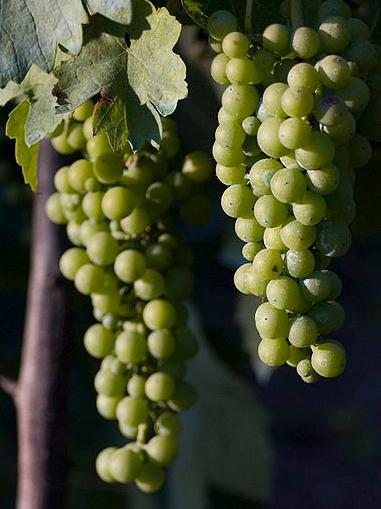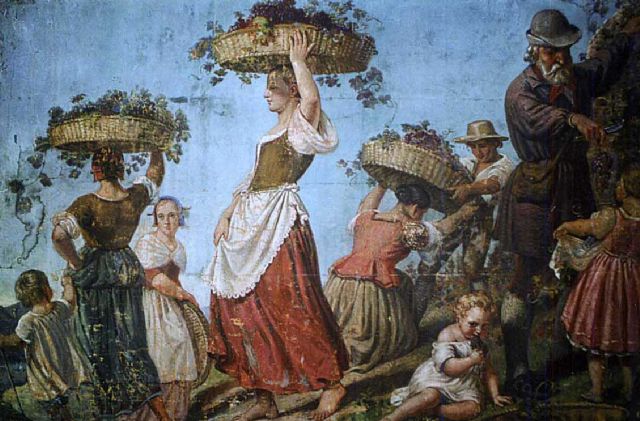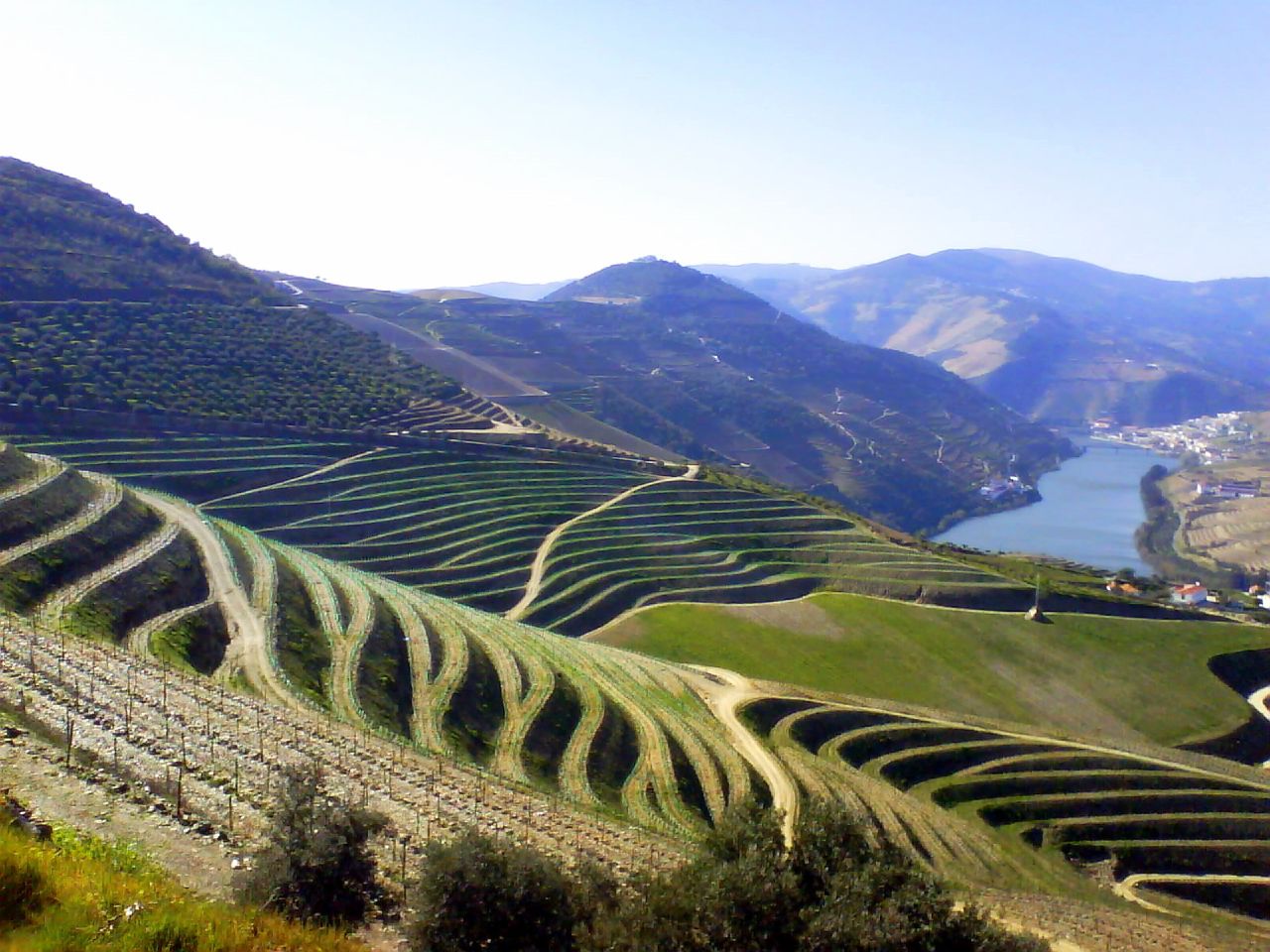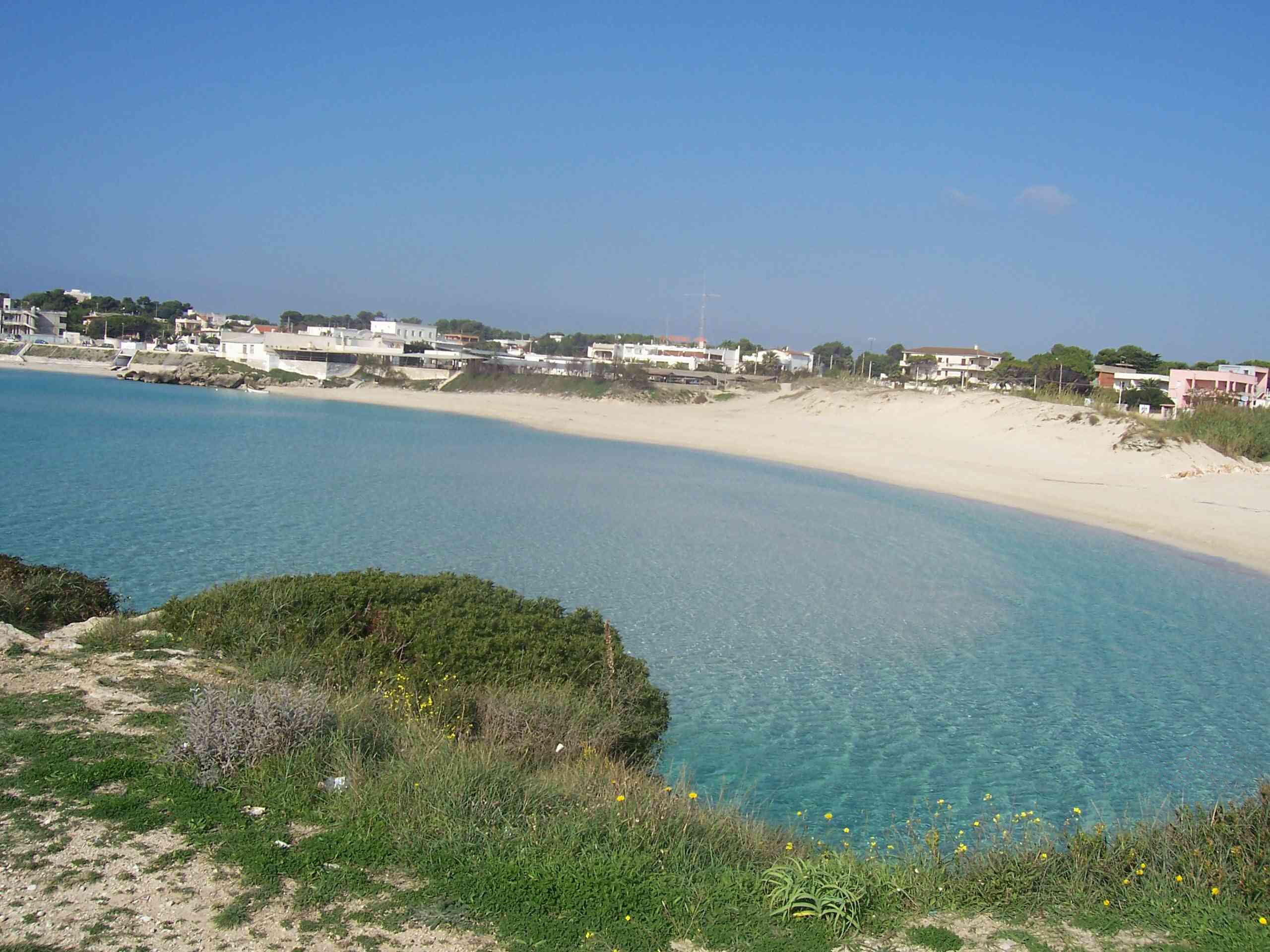|
Bianco De Alessano
''Bianco d'Alessano'' is a white Italian wine grape variety that is grown in the Apulia region of southern Italy, where it is often blended with Verdeca. In the early 21st century, the grape was planted in the South Australian wine region of Riverland where varietal examples of ''Bianco d'Alessano'' has won wine competition awards as an "Alternative Variety" (as opposed to an "International Variety"). In Italy, the grape has also been historically used in the production of vermouth.J. Robinson, J. Harding and J. Vouillamoz ''Wine Grapes - A complete guide to 1,368 vine varieties, including their origins and flavours'' pg 103 Allen Lane 2012 History Ampelographers believe that ''Bianco d'Alessano'' is native to southern Italy, although its exact place of origin is not yet known. The grape has a long history of cultivation in Apulia, and in 2008 DNA analysis showed that the Iuvarello grape that has historically been grown in Calabria was, in fact, ''Bianco d'Alessano''. Viticulture ... [...More Info...] [...Related Items...] OR: [Wikipedia] [Google] [Baidu] |
Italian Wine
Italian wine is produced in every region of Italy. Italy is the world's largest producer of wine, with an area of under vineyard cultivation, and contributing a 2013–2017 annual average of 48.3 million hl of wine. In 2018 Italy accounted for 19 per cent of global production, ahead of France (17 per cent) and Spain (15 per cent). Italian wine is both exported around the world and popular domestically among Italians, who consume an average of 42 litres per capita, ranking fifth in world wine consumption. The origins of vine-growing and winemaking in Italy has been illuminated by recent research, stretching back even before the Phoenician, Etruscans and Greek settlers, who produced wine in Italy before the Romans planted their own vineyards. The Romans greatly increased Italy's viticultural area using efficient viticultural and winemaking methods. History Vines have been cultivated from the wild ''Vitis vinifera'' grape for millennia in Italy. It was previously believed that ... [...More Info...] [...Related Items...] OR: [Wikipedia] [Google] [Baidu] |
Harvest (wine)
The harvesting of wine grapes (Vintage) is one of the most crucial steps in the process of wine-making. The time of harvest is determined primarily by the ripeness of the grape as measured by sugar, acid and tannin levels with winemakers basing their decision to pick based on the style of wine they wish to produce. The weather can also shape the timetable of harvesting with the threat of heat, rain, hail, and frost which can damage the grapes and bring about various vine diseases. In addition to determining the time of the harvest, winemakers and vineyard owners must also determine whether to use hand pickers or mechanical harvesters. The harvest season typically falls between August & October in the Northern Hemisphere and February & April in the Southern Hemisphere. With various climate conditions, grape varieties, and wine styles the harvesting of grapes could happen in every month of the calendar year somewhere in the world. In the New World it is often referred to as the '' ... [...More Info...] [...Related Items...] OR: [Wikipedia] [Google] [Baidu] |
Fiano (grape)
Fiano is a white Italian wine grape variety that is grown primarily in the Campania region of southern Italy and on the island of Sicily. In Campania, this fairly strong flavored white wine grape is particularly noted around Avellino where the ''Denominazione di origine controllata e Garantita'' (DOCG) wine of Fiano di Avellino is produced.Berry Bros. & Rudd - Fiano Grape Variety . The grape has a long history in the Campanian region and is believed to have been the grape behind the ancient Roman wine ''Apianum''. Even today, the name ''Apianum'' is permitted to appear on |
Bombino Bianco
Bombino bianco is a white Italian wine grape variety planted primarily along Italy's Adriatic coast line, most notably in Apulia. The vine is prone to high yields and often produces neutral flavor wines.J. Robinson ''Jancis Robinson's Wine Course'' (Third Edition), p. 100, Abbeville Press 2003 The grape is known under many synonyms throughout Italy including ''Debit'' and ''Pagadebit'', names which came from the grape's reputation for being a high yielding and reliable crop for vineyard owners to grow that would assure them that on each vintage they could pay off their debts.Oz Clarke, ''Encyclopedia of Grapes'', p. 45, Harcourt Books 2001 Shelley Lindgren, Matthew Accarrino, Kate Leahy 'SPQR: Modern Italian Food and Wine'' pg 164, Random House Digital, Inc., Oct 16, 2012 The exact origins of the grape are unknown, with early wine texts speculating that the grape may have originated in Spain. Today most ampelographers believe that the grape is indigenous to southern Italy, wi ... [...More Info...] [...Related Items...] OR: [Wikipedia] [Google] [Baidu] |
Continental Climate (wine)
In viticulture, the climates of wine regions are categorised based on the overall characteristics of the area's climate during the growing season. While variations in macroclimate are acknowledged, the climates of most wine regions are categorised (somewhat loosely based on the Köppen climate classification) as being part of a Mediterranean (for example Tuscany), maritime (ex: Bordeaux) or continental climate (ex: Columbia ValleyA. Mumma 'The Washington wine difference: it's in the vineyard'' Wines & Vines, November 2005). The majority of the world's premium wine production takes place in one of these three climate categories in locations between the 30th parallel and 50th parallel in both the northern and southern hemisphere.T. Stevenson ''"The Sotheby's Wine Encyclopedia"'' pg 14-15 Dorling Kindersley 2005 While viticulture does exist in some tropical climates, most notably Brazil, the amount of quality wine production in those areas is so small that the climate effect has n ... [...More Info...] [...Related Items...] OR: [Wikipedia] [Google] [Baidu] |
Ostuni (DOC)
Ostuni is a white or ''rosé'' style Italian wine awarded ''Denominazione di Origine Controllata'' (DOC) status in 1972, in the Province of Brindisi of Apulia.M. Ewing-Mulligan & E. McCarthy ''Italian Wines for Dummies'' pg 221 Hungry Minds 2001 The zone of production of the area is limited to the communes of Ostuni, Carovigno, San Vito dei Normanni, San Michele Salentino and parts of the communes of Brindisi, Latiano and Ceglie Messapica.La Terra di PugliaVini: Ostuni/ref> Climate and geography The Ostuni region has a Mediterranean climate influenced by its proximity to the Adriatic Sea. Situated among three small mountains at the edge of the Murge range, vineyards in the area experience diverse microclimate and ''terroir'' variations. The DOC gets its name from the nearby town of Ostuni.P. Saunders ''Wine Label Language'' pg 189 Firefly Books 2004 Grape varieties The primary grape variety of the DOC classified red wine is Ottavianello (also known as Cinsaut in France), with t ... [...More Info...] [...Related Items...] OR: [Wikipedia] [Google] [Baidu] |
Martina Franca (DOC)
Martina Franca, or just Martina ( Martinese: ), is a town and ''municipality'' in the province of Taranto, Apulia, Italy. It is the second most populated town of the province after Taranto, and has a population (2016) of 49,086. Since 1975, the town has hosted the annual summer opera festival, the Festival della Valle d'Itria.''Festival della Valle d'Itria'' Official Website History Jewish presence In 1495 one third of the population of Martina was made of practising Jews or Jews converted to Christianity. The escape involved one third of the population: 150 to 200 families (at least one thousand people). Among the privileges granted the city council of Martina in 1495, King Frederick of Aragon forbade Jews and Crypto-Jews and Neofiti to press ch ...[...More Info...] [...Related Items...] OR: [Wikipedia] [Google] [Baidu] |
Locorotondo (DOC)
Locorotondo ( Barese: ) is a town and municipality of the Metropolitan City of Bari, Apulia, southern Italy, with a population of about 14,000. It is situated between Martina Franca and Alberobello in the Valle d'Itria, a green stretch of countryside dotted with the famous whitewashed cone-roofed trulli houses. Locorotondo is listed as one of the most beautiful villages in Italy and it has been awarded the Orange Flag of the Touring Club of Italy due to the harmony of its shapes and the accessibility of the old town, as it can be easily visited on foot. It is an intricate network of little streets lined with old buildings and it is known for its typical houses called "''Le Cummerse''", which have a regular geometric shape and a sloping roof made of two different layers of limestone slabs. These dwellings have nowadays been renovated and offered to visitors in the form of scattered hotels. History The site has been settled since ancient times, as testified by archaeological fin ... [...More Info...] [...Related Items...] OR: [Wikipedia] [Google] [Baidu] |
Lizzano (DOC)
Lizzano (Salentino: ; la, Licyanum) is a ''comune'' of 10,175 inhabitants (2013) in the province of Taranto in the Apulia region of southeast Italy. Lizzano DOC The area around Lizzano produces red, white, ''rose'' and sparkling Italian DOC wines. Grapes destined for reds and ''roses'' are limited to a harvest yield of 14 tonnes/ha with the finished wine needing to have a minimum alcohol level of 11.5%. White wine grapes are limited to a harvest yield of 12 tonnes/ha with minimum alcohol level of 10.5% The reds, ''roses'' and ''frizzante roses'' are blends composed primarily of Negroamaro (60-80%) with Montepulciano, Sangiovese, Bombino nero and Pinot noir making up the remaining. Malvasia nera can also be used but is limited to 10% of the blend. The whites, ''frizzantes'' and ''spumantes'' are a blend of 40-60% Trebbiano, at least 30% Chardonnay and/or Pinot blanc, up to 25% Sauvignon blanc and/or Bianco di Alessano and up to 10% Malvasia bianca.P. Saunders ''Wine Label Lan ... [...More Info...] [...Related Items...] OR: [Wikipedia] [Google] [Baidu] |
Gravina (DOC)
Gravina in Puglia (; nap, label= Barese, Gravéine ; la, Silvium; grc, Σιλούϊον, Siloúïon) is a town and ''comune'' of the Metropolitan City of Bari, Apulia, southern Italy. The word ''gravina'' comes from the Latin ''grava'' or from the messapic ''graba'', with the meaning of ''rock'', ''shaft'' and ''erosion of bank river''. Other words that share the same root are ''grava'', ''gravaglione'' and ''gravinelle''. Alternatively, when the emperor Frederick II went to Gravina, because of the large extension of the lands and for the presence of wheat, he decided to give to it the motto ''Grana dat et vina.'', that is to say ''It offers wheat and wine.''. Gravina is the home of the Alta Murgia National Park. History Thanks to its strategic position, Gravina has a very ancient history. Its territory has been inhabited since the Paleolithic, due to the high presence of water and woods. The largest remains date back to the Neolithic. The oldest settlements have been identifi ... [...More Info...] [...Related Items...] OR: [Wikipedia] [Google] [Baidu] |
Denominazione Di Origine Controllata
The following four classifications of wine constitute the Italian system of labelling and legally protecting Italian wine: * ''Denominazione di origine'' (DO, rarely used; ; English: “designation of origin”), * ''Indicazione geografica tipica'' (IGT; ; “indication of geographical typicality”), * ''Denominazione di origine controllata'' (DOC; ; “controlled designation of origin”), and * ''Denominazione di origine controllata e garantita'' (DOCG; ; “controlled and guaranteed designation of origin”). The system was introduced in 1963 shortly after the Treaty of Rome established Italy as a founding member of the European Economic Community, and was modelled on the extant French ''Appellation d'origine contrôlée'' (AOC) laws. It was overhauled in 1992 to match new European Union law on Protected Designation of Origin, introducing the more general ''Denominazione di Origine Protetta'' (DOP) designation for foods and agricultural products, including wines. Further EU ... [...More Info...] [...Related Items...] OR: [Wikipedia] [Google] [Baidu] |
Province Of Taranto
The province of Taranto ( it, provincia di Taranto; Tarantino: ; Salentino: ), previously known as the province of the Ionian, is a province in the Apulia region of Italy. Its capital is the city of Taranto. It has an area of , and a total population of 581,092 (2017). There are 29 ''comuni'' (singular: ''comune'') in the province, all of which are listed at comunes of the Province of Taranto. The coat of arms of the province contains a scorpion, which Pyrrhus is thought to have seen when looking down at Taranto. History When Italy was unified, the province of Lecce was formed; the western section of this later became the current province of Taranto. On 23 September 1923, Taranto became the capital of a new province based on the ancient Terra d'Otranto, in recognition of the important role the city had served since ancient times. Until 1951, the new province was called the "Province of the Ionian". The scorpion on the city's coat of arms may have been used as its emblem in anci ... [...More Info...] [...Related Items...] OR: [Wikipedia] [Google] [Baidu] |





.jpg)


